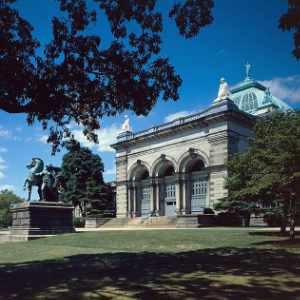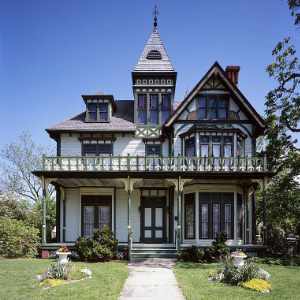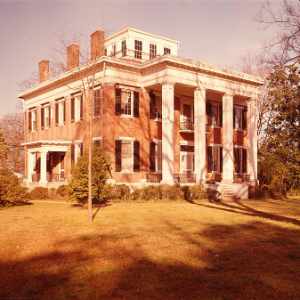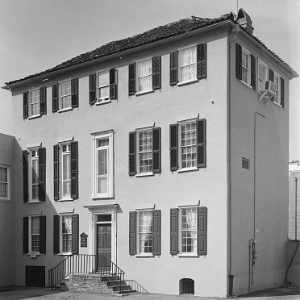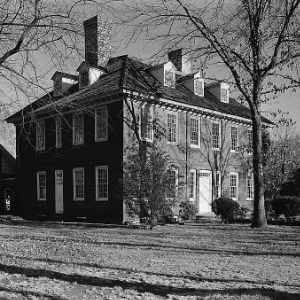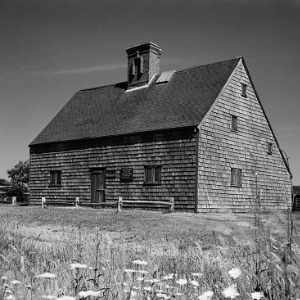Architectural Styles in America
Find historic houses in America by architectural style
Photographs, descriptions and drawings
See examples of beautiful historic details from the oldest buildings in America. Historic houses also have interesting stories to tell about the architects, builders and occupants. Refer to the Timeline of Architectural Styles in America below, from early Colonial settlers to the Mid Century Modern era.
Architectural styles of houses in America
Choose an architectural style to see examples of the major elements and unique attributes of historic houses in America. Learn how to identify the architectural style of your historic house. Discover the history of buildings you may pass every day or while traveling on vacation.
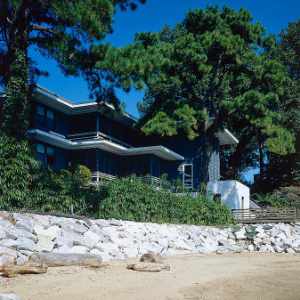
Prairie Style
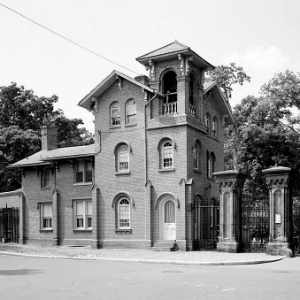
Italian Villa Style
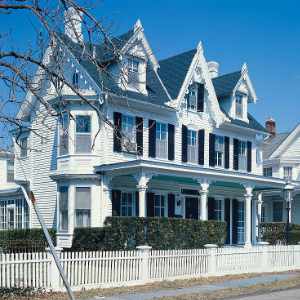
Victorian Style
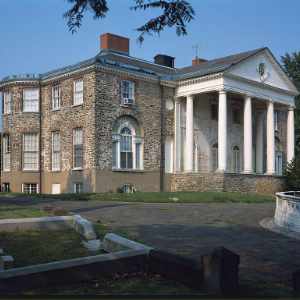
Neoclassical Style
Timeline of Architectural Styles in America
Chronological list of architectural styles in America from 1607 to 1960. Beginning with early settlements on the Atlantic and the Pacific coast. Covering the next 400 years, punctuated by major conflicts and economic disruptions which reduced the availability of building materials and limited new construction.
| Architectural Styles in America | Dates | |
|---|---|---|
| Early Colonial | 1607-1720s | Spanish, Dutch, English, French and German influences |
| Georgian | 1715-1780 | This era ended with the American Revolution |
| Revolutionary War | April 19, 1775 – September 3, 1783 | |
| Federal /Adamesque | 1780-1820 | American Federal style less ornamental than British Adams style |
| Neoclassical | 1790-1830 | “Jeffersonian” - Roman Revival, Classicism, Benjamin Henry Latrobe (Philadelphia 1803) |
| Greek Revival | 1820-1860 | Including Antebellum (Pre-war) Neoclassical |
| Egyptian Revival | 1830-1850 | English fad. Napoleon Bonaparte’s Description de l’Égypte (series 1809-1826) |
| Gothic Revival | 1830-1860 | “Post-classical”. Start of “Picturesque” styles: Andrew Jackson Downing |
| American Victorian | 1837-1910 | Includes a number of different influences |
| Italian Villa / Italianate | 1840-1880 | Italian influence |
| Swiss Cottage | 1840-1860 | Switzerland |
| Carpenter Gothic | 1842-1890 | English influence |
| 1st Italian Renaissance Revival | 1840-1890 | Italian/Spanish influence |
| Exotic Eclectic | 1850-1875 | European, Mediterranean and Asian influences |
| Octagon | 1850-1860 | Building type |
| Stick Style | 1855-1875 | Elizabethan half-timber (non-structural) |
| Second Empire | 1860-1880 | French influence (Napoleon III) - Mansard Roof |
| American Civil War | April 12, 1861 – May 13, 1865 | |
| Eastlake Style (Queen Anne) | 1870-1890 | British architect and writer Charles Eastlake (1836–1906) |
| (Richardson) Romanesque | 1870-1900 | Stone arches, municipal buildings |
| Colonial Revival | 1870-1920 | |
| Shingle Style | 1880-1900 | Descendant of Stick Style |
| Queen Anne Style | 1880-1910 | English Victorian influence |
| Chateauesque | 1885-1910 | French influence |
| Art Nouveau | 1888-1905 | French and European influence |
| Chicago School | 1890-1920 | Sullivanesque |
| Beaux-Arts | 1890-1920 | French influence |
| Tudor | 1890-1930 | English influence |
| 2nd Italian Renaissance Revival | 1890-1930 | Italian influence |
| (American) Craftsman | 1890s–1930 | English influence - Gustav Stickley (furniture), California Bungalow building type |
| Dutch Colonial Revival | 1890-1930 | Dutch influence - Gambrel roof |
| (Spanish) Mission Revival | 1890-1920 | Spanish influence |
| American Foursquare | 1890s-1930s | Building type |
| Neoclassicism | 1900-1920 | English influence |
| Pueblo Revival | 1900-present | Spanish influence |
| Prairie Style | 1900-1920 | American |
| Edwardian | 1901-1914 | English influence |
| Elizabethan | 1910-1940 | English influence |
| California Bungalow | 1910-1939 | Building type |
| First World War | July 28, 1914 – November 11, 1918 | |
| Spanish Colonial Revival | 1915-1940 | Spanish influence |
| French Rural | 1915-1940 | |
| Moderne | 1920-1940 | |
| International Style | 1920-1945 | Le Corbusier (trans. “the crow like one”), born: Charles-Édouard Jeanneret (1887 – 1965) |
| Monterey | 1925-1955 | Spanish influence |
| Art Deco | 1925-1940 | Civic and commercial buildings. French influence (see Jean Prouvé (1901-1984)) |
| Great Depression and the New Deal | Wall Street Crash in October 1929 (89% drop over three years) | |
| Streamline Moderne | 1930-1945 | |
| Modernism | 1920-1950 | |
| Usonian - Wrightian | 1940-1960 | Frank Lloyd Wright, his students and disciples |
| Second World War | September 1, 1939 - August 14, 1945 | |
| Mid-century Modern | 1945+ | Case Study Houses (California, 1945 – 1966) Neutra, Eames, Saarinen, et al. |
| Postmodernism | 1960s-present |
